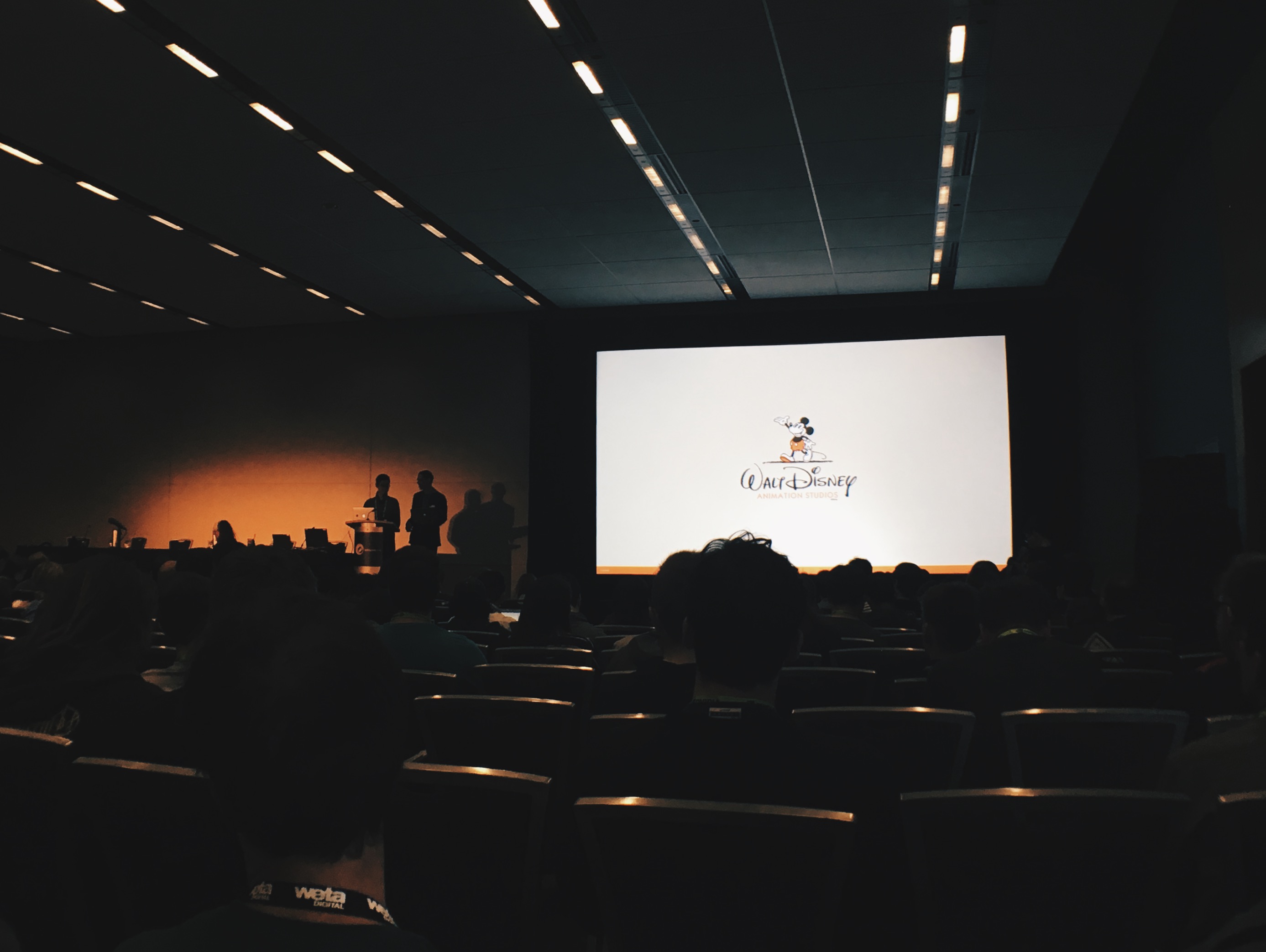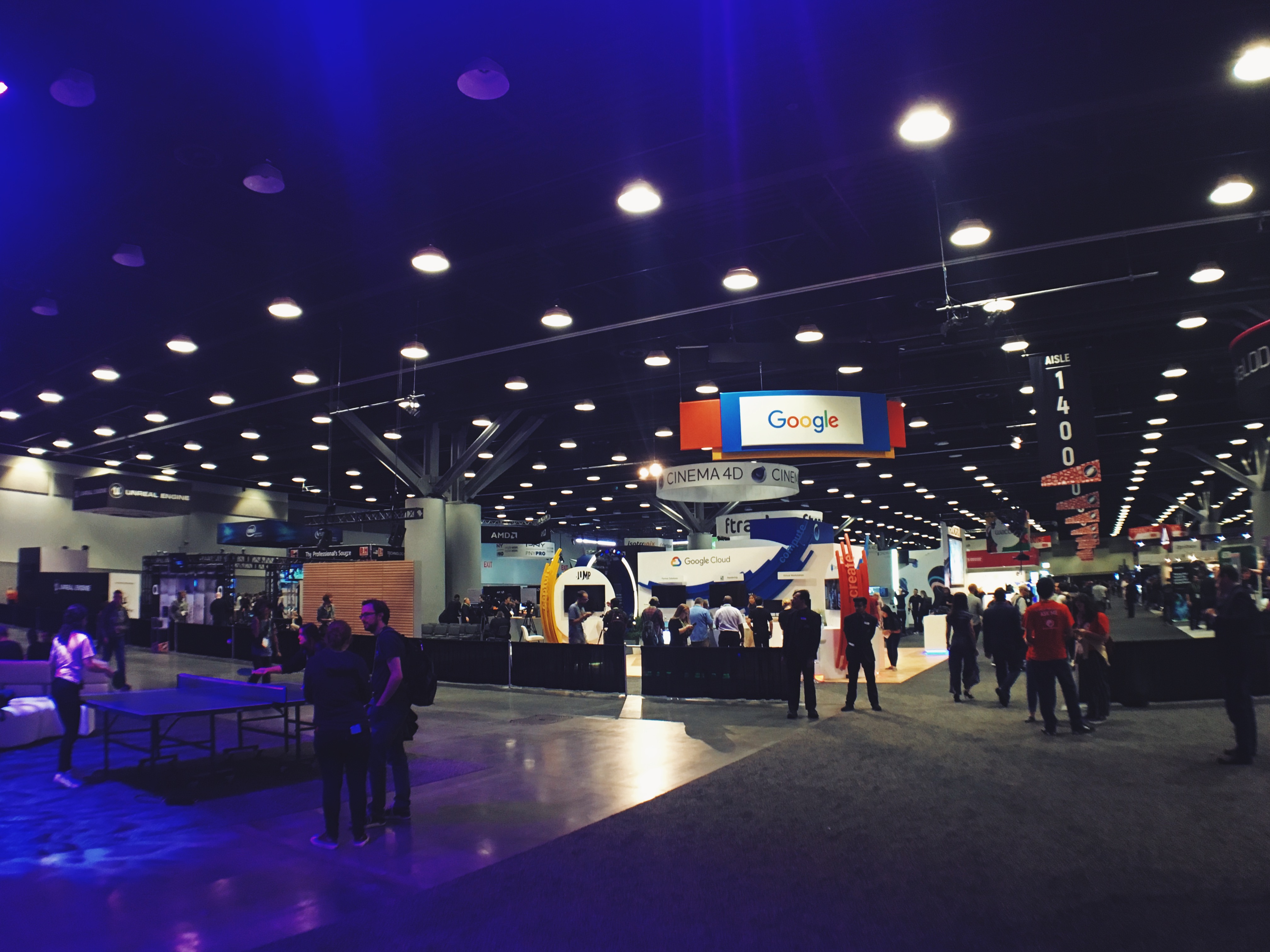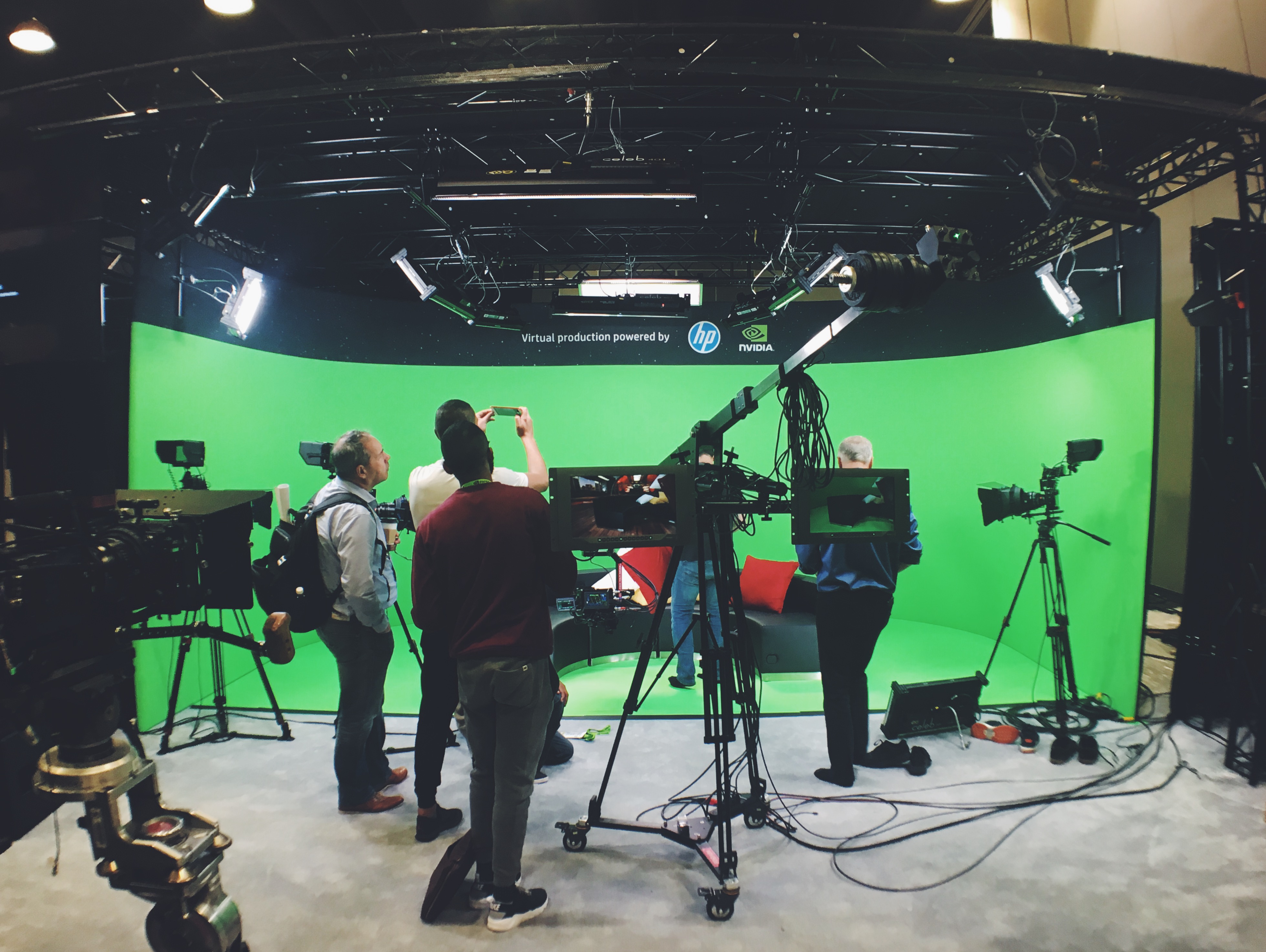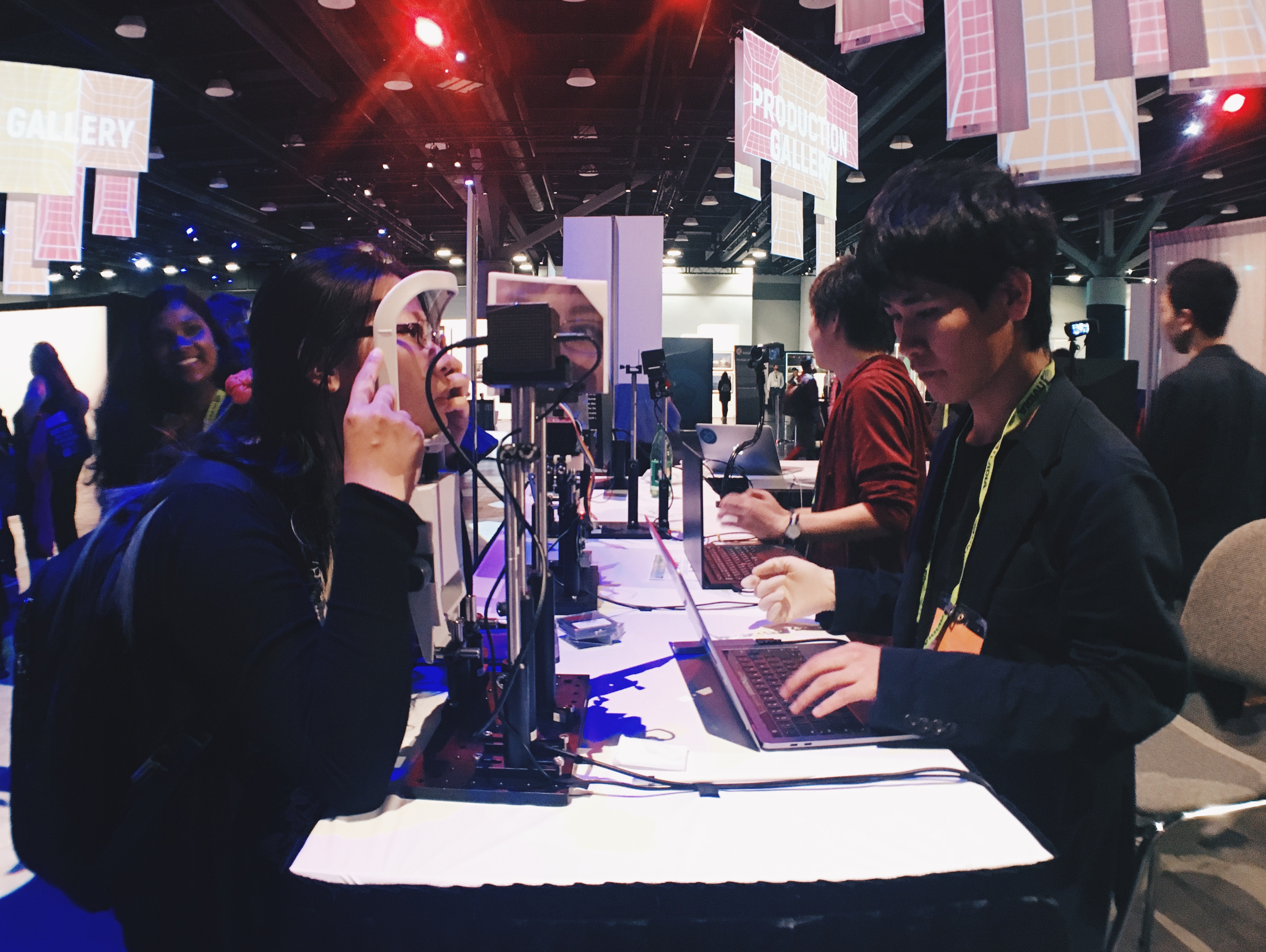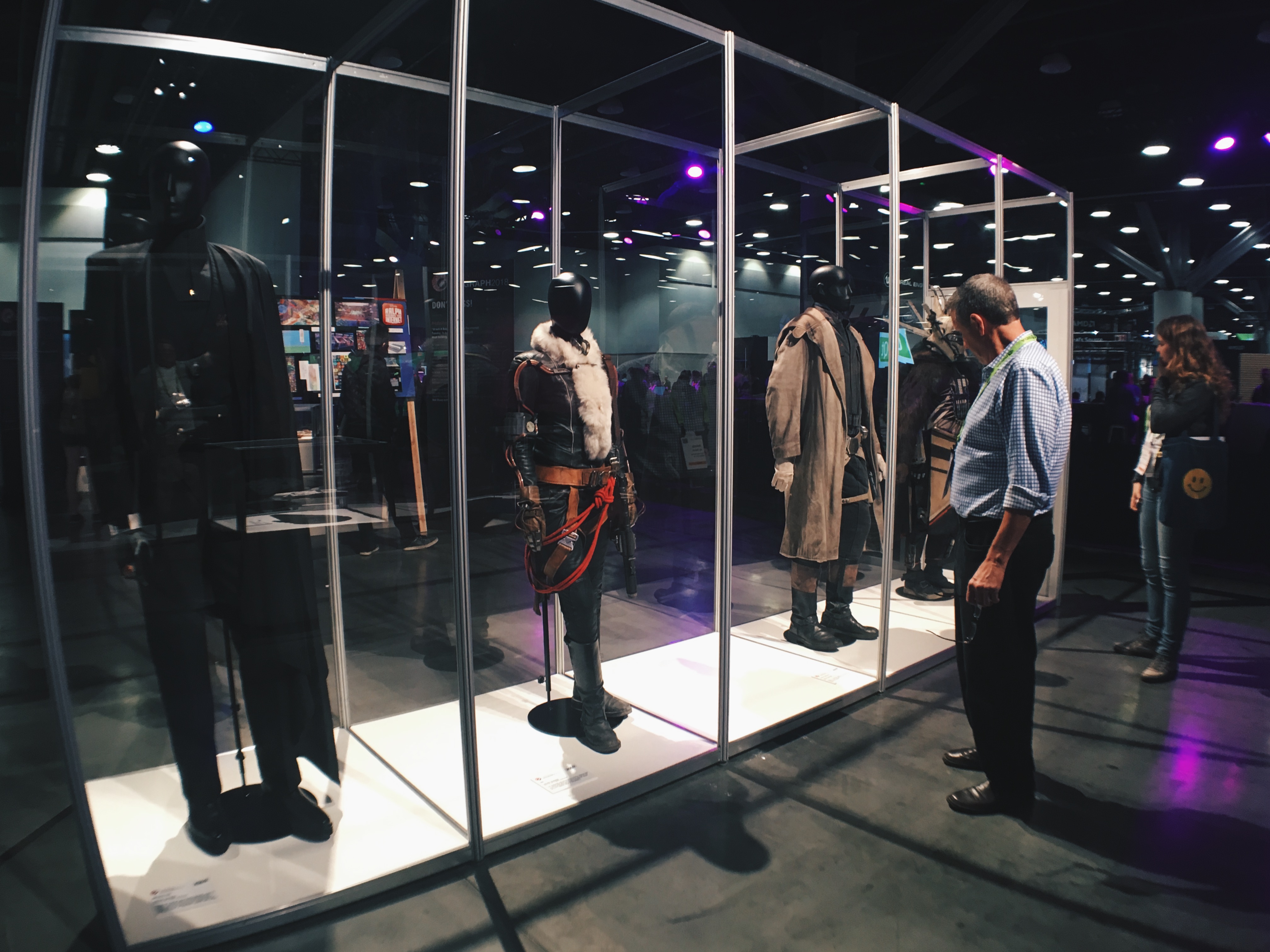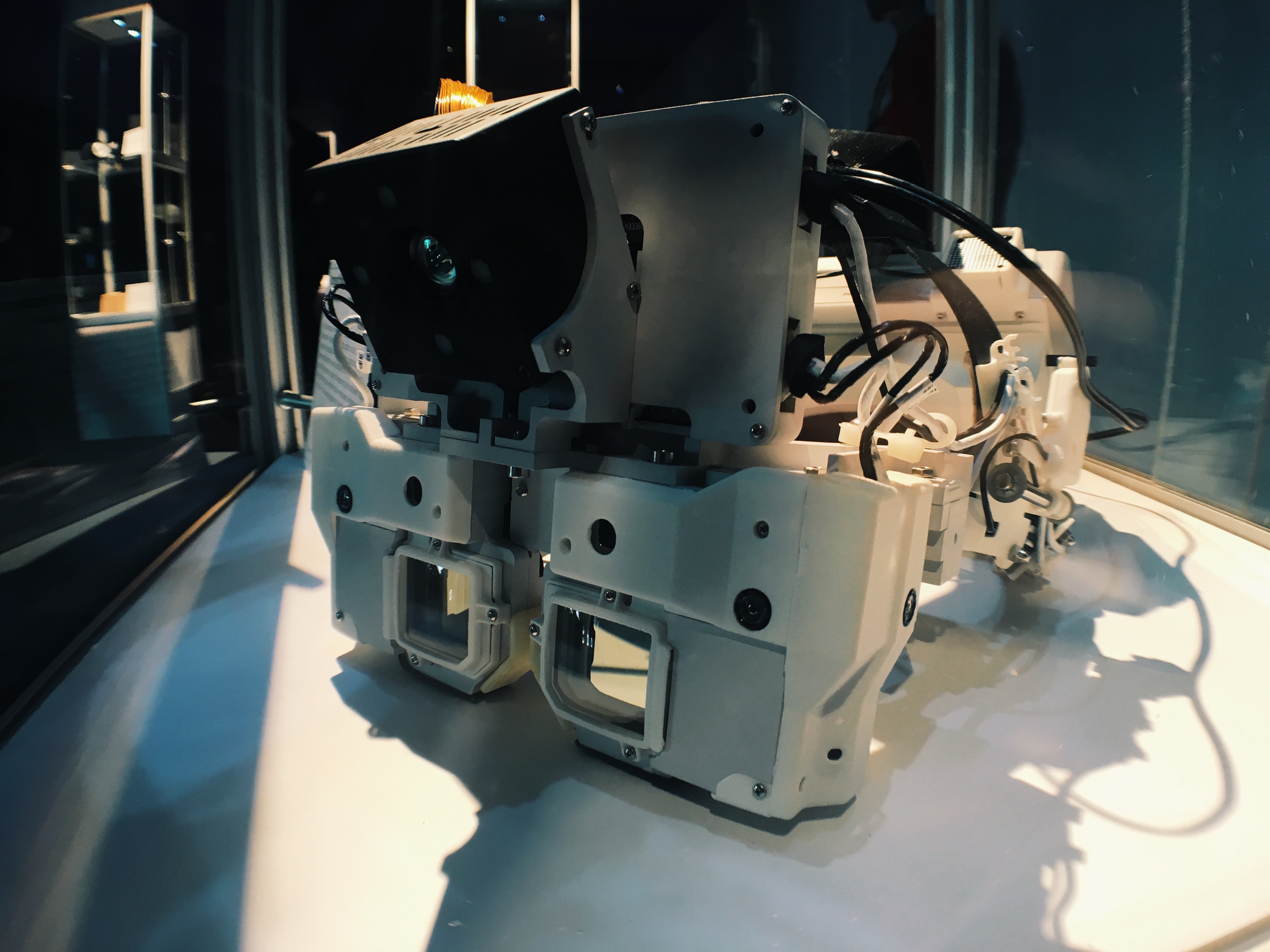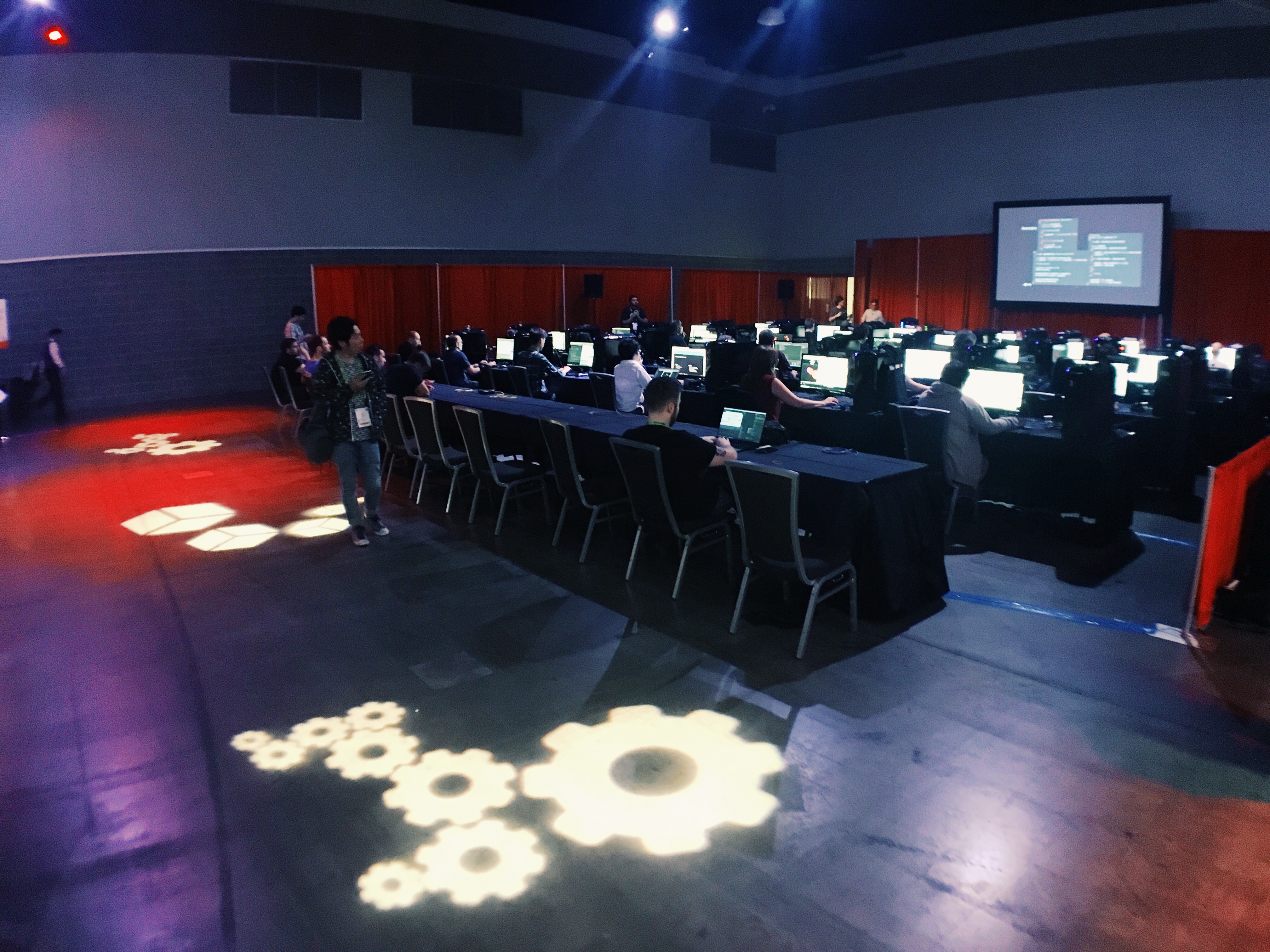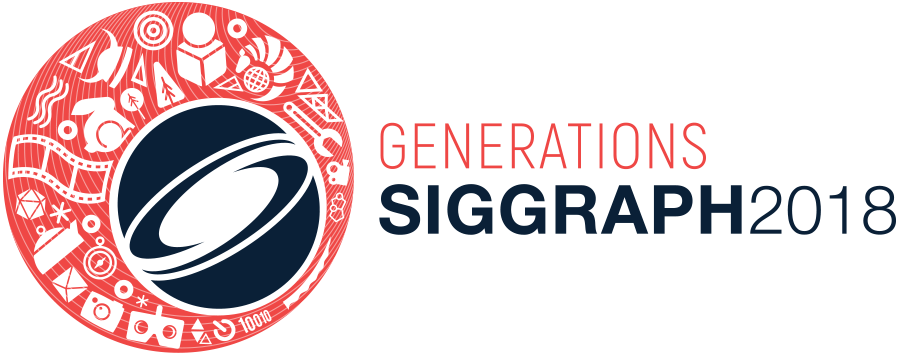
Thanks to the sponsorship of my company Archiact, I was given the opportunity to experience this year Siggraph with a full-conference pass. This 5-day conference was quite an informative and mind-blowing journey. During all types of events I had a great time getting involved with the CG community and learning from the best of the industry. Here I summarized my journey of Siggraph 2018 and documented all the related resources for future reference.
Background
Siggraph is the annual conference on computer graphics (CG) and is widely considered the most prestigious forum for the publication of computer graphics research. It is held in different cities in North America every year and this time it is back to my city, Vancouver.
Still remember how excited and overwhelmed I was attending Siggraph for the first time as a student of @CentreDigiMedia. Thanks my studios @ArchiactVR and now I’m ready for #SIGGRAPH2018 as an industry practitioner. 💪 pic.twitter.com/mnOyBf0fkC
— Victor @ Siggraph (@viclw17) August 11, 2018
My current project at work is Evasion which is a PS4/PC multiplayer VR game made entirely in Unreal. During the development of Evasion, I’ve been responsible for the implementation of art assets with Blueprint, creating and optimizing shaders and game VFX (particle systems, shader effects, physics destruction effects) and general GPU profiling and optimization. At spare time, I also have great passion on researching and implementing physically based rendering theories and technologies. So for this time in Siggraph, I focused myself mainly on game rendering courses, tech art in production, Epic sessions on Unreal Engine and talks about real-time raytracing.
All Resource Links
Here collected all the possibly relative resources of Siggraph 2018. TBC.
- SIGGRAPH 2018 Links
- SIGGRAPH 2018 papers on the web
- ACM SIGGRAPH 2018 Courses
- ACM SIGGRAPH 2018 Talks
- ACM SIGGRAPH 2018 Panels
- ACM SIGGRAPH 2018 Studio
Day 1
Course: Introduction To Vulkan Graphics API
Started my conference on Sunday morning with the course - Introduction To Vulkan Graphics API. Course walked through the whole API from design to code implementation. It was one of the Khronos-related events at this year Siggraph.
Vulkan is a new generation graphics and compute API that provides high-efficiency, cross-platform access to modern GPUs used in a wide variety of devices from PCs to mobile phones and embedded platforms. This course will be of interest to anyone who writes high-performance interactive graphics programs. Class Materials.
Talks: It’s a material world
In this session, researchers from the industry presented their latest work on rendering complex materials.
The first talk Plausible iris caustics and limbal arc rendering presented by Disney was especially inspiring.
The graphic researcher in Disney took reference of how real human eye responding to various lighting angles, delved into anatomy level of eye to correctly model the eye-light interaction and finally calculated results with real anatomical data. (Paper)
Second talk was Prelit materials: light transport for live-action elements in production rendering by Animal Logic.(Paper)
Panel: Design and implementation of modern production renderers
Just out of a fan-boy mindset, I rushed to this panel after previous event just wanted to see all those 6 legendary developers/owners of 5 current industry-leading production renderers: (Paper)
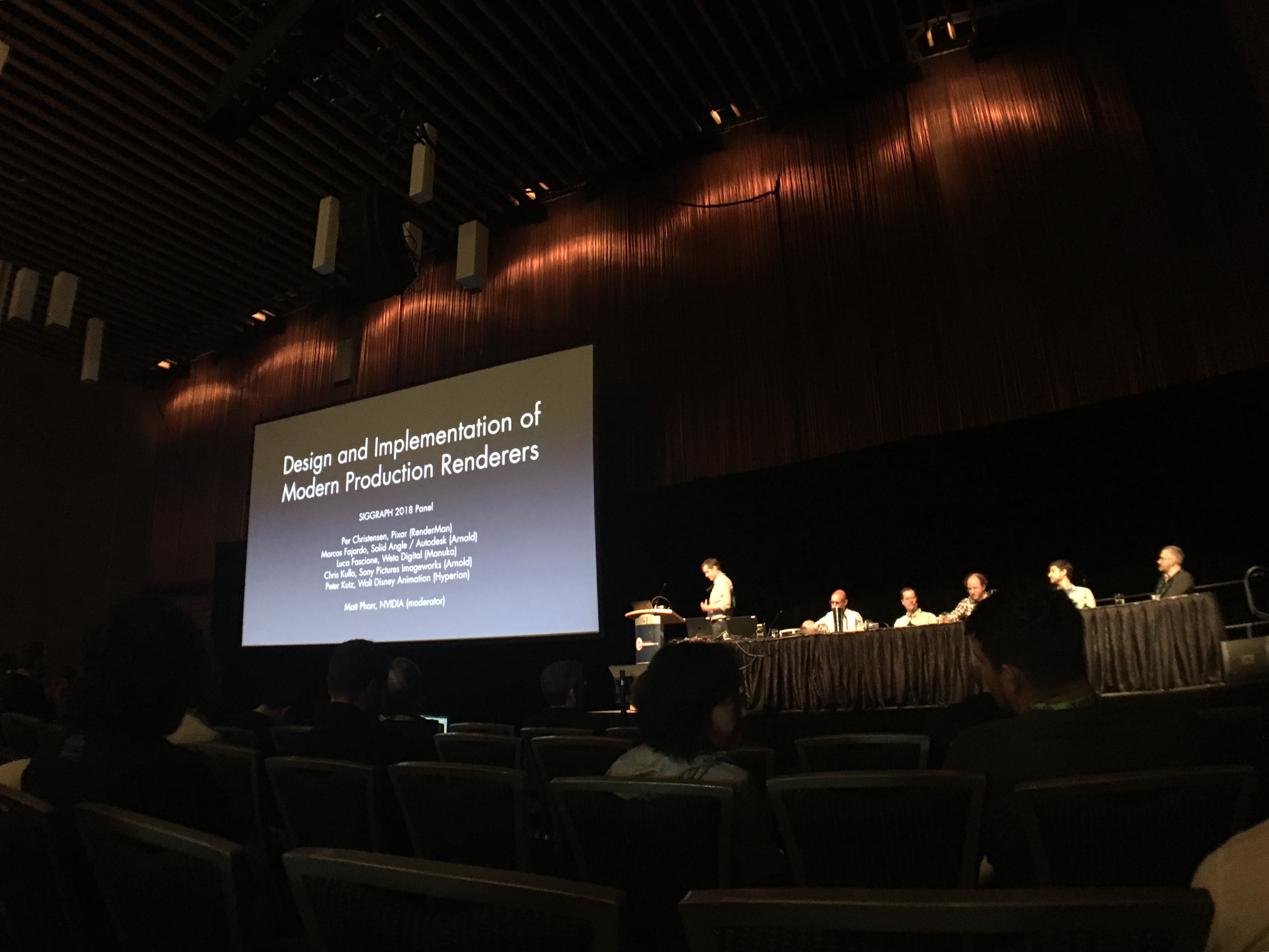
- Matt Pharr (PBRT)
- Brent Burley (Hyperion)
- Per Christensen (RenderMan)
- Marcos Fajardo / Christopher Kulla (Arnold)
- Luca Fascione (Weta Digital)
Papers Fast Forward
This was my first time attending this classic conventional session of Siggraph. So many unique ideas was presented in such a fast-pacing style, challenging the intelligence and imagination of the audiences. Some of them are extremely inspiring and certainly will lead to some revolutionary technologies for the future of computer graphics. (Full Video)
Day 2
Courses: Advances in Real-Time Rendering in Games
This was the day for one of the most popular game courses of every year Siggraph - Advances in Real-Time Rendering in Games. This year course topics range from variations on the latest techniques for modern rendering pipelines, high-quality depth-of-field post processing, advances in material representation for deferred rendering pipelines, including improvements in subsurface scattering and PBR material representations, improvements to diffuse multi-scattering BRDFs, volumetric rendering techniques, using ray tracing techniques for accurate soft shadows in real-time, and many more.
#rtradvances #siggraph2018 is on! Check out the schedule at https://t.co/W1d9rzOtHP - the room is packed! pic.twitter.com/SJFTk2cuxE
— Natalya Tatarchuk (@mirror2mask) August 13, 2018
Course Syllabus
- The challenges of rendering an open world in Far Cry 5
- Material advances in Call of Duty: WWII
- A life of a bokeh (high-quality depth-of-field post processing)
- The road toward unified rendering with Unity’s high definition rendering pipeline
- Efficient screen-space subsurface scattering using Burley’s normalized diffusion in real-time
- Real-time rendering’s next frontier: adopting lessons from offline ray tracing to practical real-time ray tracing pipelines
- Real-time ray tracing of correct* soft shadows (* without a shadow of a doubt)
Resources
Advances in Real-Time Rendering in Games
Siggraph Reception
It was a tough day with all those intense advanced rendering courses. Luckily it was wrapped up with an amazing reception event including nice buffet and an insanely huge venue for industry networking:
Social Anxiety MAX 😂 @ #SIGGRAPH2018 pic.twitter.com/oYQa7r3USO
— Victor @ Siggraph (@viclw17) August 14, 2018
During the event I was submerged by all the energy brought by the people from all around the world focusing on different fields within computer graphics - gaming, rendering, film-making etc. I bumped into quite a few rendering engineers and technical artists working either in game or film VFX, and had a great time sharing thoughts and experience. One funny moment was in the middle of a conversation with a graphics engineer, I was suddenly told to hold on talking and take a look at an old man that just passed by,
“Did you see that? That’s Jim Blinn!” His face was filled with great respect and excitement, “One of the most cool things about Siggraph is, you can always meet some living legend of the industry.”
Day 3
Talks: For Love of Tech Art
Amazing session focus on technical art in game/film production especially the first one Technical Art of Sea of Thieves (Paper)
The talk covered few tech art challenges the developers encountered for the game and how they solved the problems with R&D and some creative “tech art tricks”. They specifically presented visual technologies and tool developed for
- ocean surface rendering
- dynamic water surface on the boat
- volumetric clouds
- tentacle simulations
- lightning effect
- GPU-calculated ropes and pulleys
Later the second talk from Pixar - Reinterpreting Memorable Characters in Incredibles 2 - walked through their iteration on character design and model/rigs. (Paper)
Course: Introduction to DirectX Raytracing
Later quickly jumped to Introduction to DirectX Raytracing course. Live streaming video is available here:
Book Signing
Got lucky to purchase the new edition of Real-time Rendering on site thanks to the help of my coworker @teodutra -
“May your pixel shine!” ❤️ #Siggraph2018 pic.twitter.com/EFg72vmqqm
— Victor @ Siggraph (@viclw17) August 20, 2018
Exhibition Hall
Today was the opening day of the main Siggraph exhibition. It included multiple sections ranging from industry companies showcasing to student research demoing. There was also an art gallery to show production assets (costume, models,concept arts) and a studio to make customized swags and 3D printed models.
Real-time Live
Electronic Theater
The schedule of my Electronic Theater was on Tuesday night 9:00 - 11:00 but the quality of all the short animations made a satisfying end of the busy day.
Continue in Part 2…

